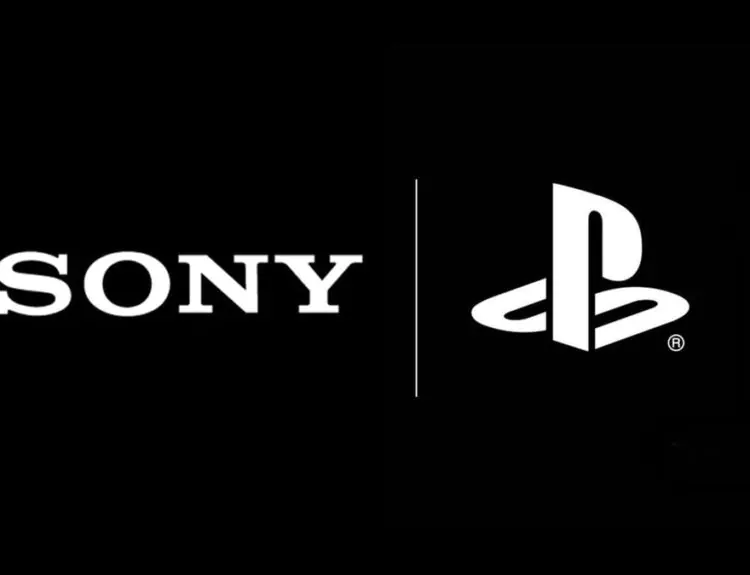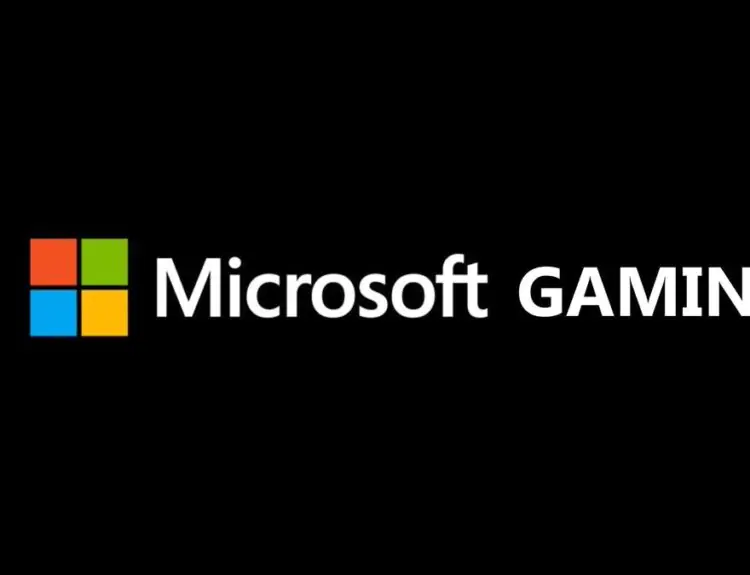Valve is poised in an envious position that other studios have eyed surreptitiously in the past. With a combination of luck and timing, Valve has turned its plan to distribute Half-Life into the veritable PC platform that has recently surpassed 23,000,000 concurrent users and continues to grow during the current pandemic as users are searching for a way to pass the time indoors.
Yet the Steam platform, as a whole, isn’t merely based on Valve getting lucky a few times; every year, Valve continues to pour resources into the gaming platform to encourage use an interaction on the platform, ranging from new experiments that allow users to find ‘hidden gems’ to bizarre mechanics that accompany their famous sales that occur consistently, multiple times a year.
Yet sometimes, companies aren’t entirely eager to let a cat out of the bag too early regarding what they’re actively developing behind closed doors, for a wide range of reasons.
It could be that they’re still getting agreements with various companies, or software isn’t stable enough yet to reveal to the public. Thankfully, we have data-miners that are more than willing to scour beta releases for seemingly innocuous snippets of code that can tip a hand early.
This seems to be the case today in regards to Valve eyeing their own game streaming service, as hinted multiple times in the latest public Steam beta.
It appears to be called ‘Steam Cloud Gaming’ and seems to allow users to stream games that they do not already have in their library for a specific amount of time, as evidenced by a function that checks how long a user has left streaming a specific game.
The timed trials and cloud gaming are related to each other, there's "GetCloudGameTimeRemaining" method. pic.twitter.com/80YDTYWKIe
— Pavel Djundik (@thexpaw) May 25, 2020
Alternatively, the time limit could be tied to timed-demos of titles newly arriving on the Steam platform; there’s frankly only so much information that we can discern from the snippets of code that have been included in the beta release. Calls to an Nvidia API could reference integration with Nvidia’s GeForce Now, although that service struggling currently brings that to question; why support a failing service when you could compete directly?
The feature seems to be likely intertwined with Steam’s Remote Play, a fantastic mechanic released in 2019 that allows you to stream your titles anywhere that you are, and it works surprisingly well as long as you have a moderately strong connection.
For fans that are chomping at the bit for Valve to join the game streaming service that Google Stadia infamously stumbled on, and Nvidia has also struggled to maintain viability with, it’s unlikely that we’ll see this feature in the near-future; the last mention of Steam’s game streaming service was roughly a year ago, and Valve has publically stated nothing thus far about the mechanic.
It’s entirely possible that the PC juggernaut is currently developing a subscription-based access pass to compete directly with Origin and uPlay. As with everything, time will tell. What we know at the moment, however, is that Valve is actively developing a streaming function that seems somehow intertwined with Nvidia.







